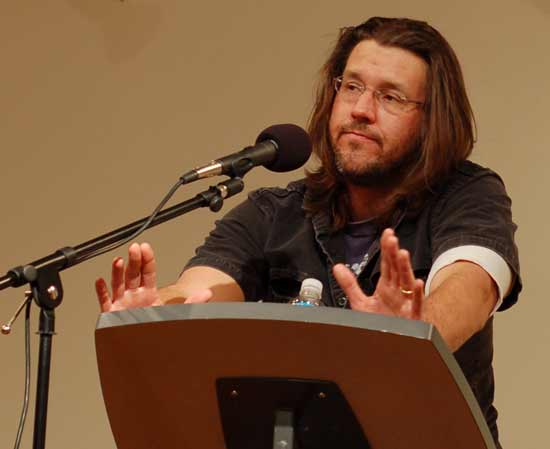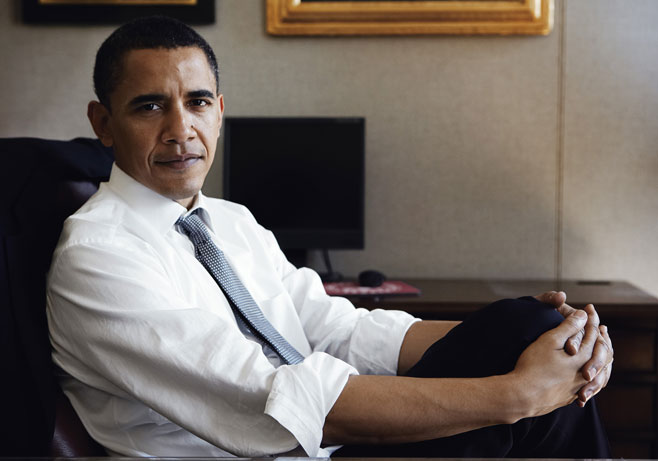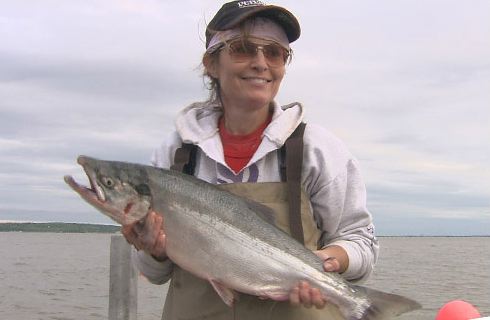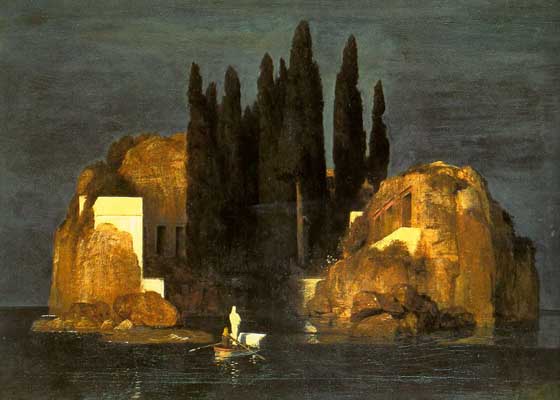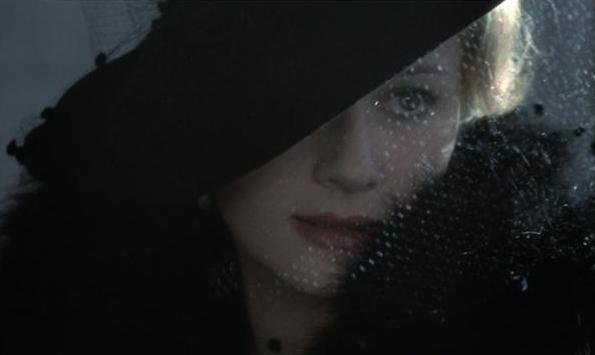As you watch the current Wall Street meltdown unfold you should bear in mind that the crisis doesn't represent a failure of capitalism, it represents a triumph of plutocracy — government by, of and for the wealthy. This is the way plutocracy is supposed to work.
In a plutocracy like ours, the wealthy instruct the government, a wholly owned subsidiary of corporate America, to construct a system, a set of rules, under which corporate America can behave like a pack of rabid hyenas in its hysterical pursuit of short-term profits. When and if the hysteria leads to a breakdown of the system — basically because the suckers get tired of being defrauded, or run out of money to lose — corporate America instructs the government to bail it out with tax dollars from ordinary Americans . . . that is to say, the same suckers it was trying to swindle by other means.

The wealthy never lose. Dick Fuld (above), the CEO of Lehman Brothers, got a bonus of 22 million dollars last year, as he was in the process of defrauding hundreds of thousands of people with essentially worthless financial instruments and leading his company forward into bankruptcy. The two top officers of Merrill Lynch, which had to sell itself to the Bank Of America to avoid the fate of Lehman Brothers, will split a parting gift of 47 million dollars. The financial institutions which tried to make quick bucks by selling bundles of nearly valueless mortgages are now going to sell those bundles to the American taxpayer, in what will surely be the greatest act of corporate welfare in the history of human civilization.
Such moments in history are instructive. They remind us that corporate America, and conservative apologists for the “free market”, have no real interest in free markets — they are interested in free money for the wealthy. If they can get it through unregulated fraud, that's fine — if they can get it through corporate socialism, that's fine, too . . . as long as they get it.
This is the sort of racket which used to be called “the old army game”. Like any sophisticated con, it's a no-lose system for the hucksters who are running it, corporate America's wealthy elite. Trust me — Dick Fuld is not going to give back the 22 million he got for doing his part to send the world economy into a tailspin, placing the welfare of millions at risk. And he's not going to jail, either — because he was operating within the laws that he and his fellow hyenas paid to have enacted.
It's plutocracy as usual.


